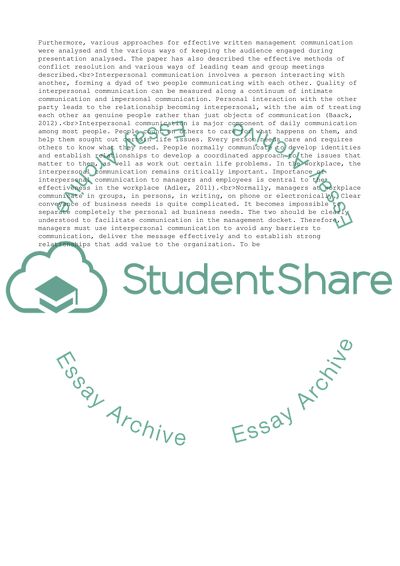Cite this document
(Business Communications Final Paper Research Example | Topics and Well Written Essays - 2000 words, n.d.)
Business Communications Final Paper Research Example | Topics and Well Written Essays - 2000 words. https://studentshare.org/management/1820040-business-communications-final-paper
Business Communications Final Paper Research Example | Topics and Well Written Essays - 2000 words. https://studentshare.org/management/1820040-business-communications-final-paper
(Business Communications Final Paper Research Example | Topics and Well Written Essays - 2000 Words)
Business Communications Final Paper Research Example | Topics and Well Written Essays - 2000 Words. https://studentshare.org/management/1820040-business-communications-final-paper.
Business Communications Final Paper Research Example | Topics and Well Written Essays - 2000 Words. https://studentshare.org/management/1820040-business-communications-final-paper.
“Business Communications Final Paper Research Example | Topics and Well Written Essays - 2000 Words”. https://studentshare.org/management/1820040-business-communications-final-paper.


